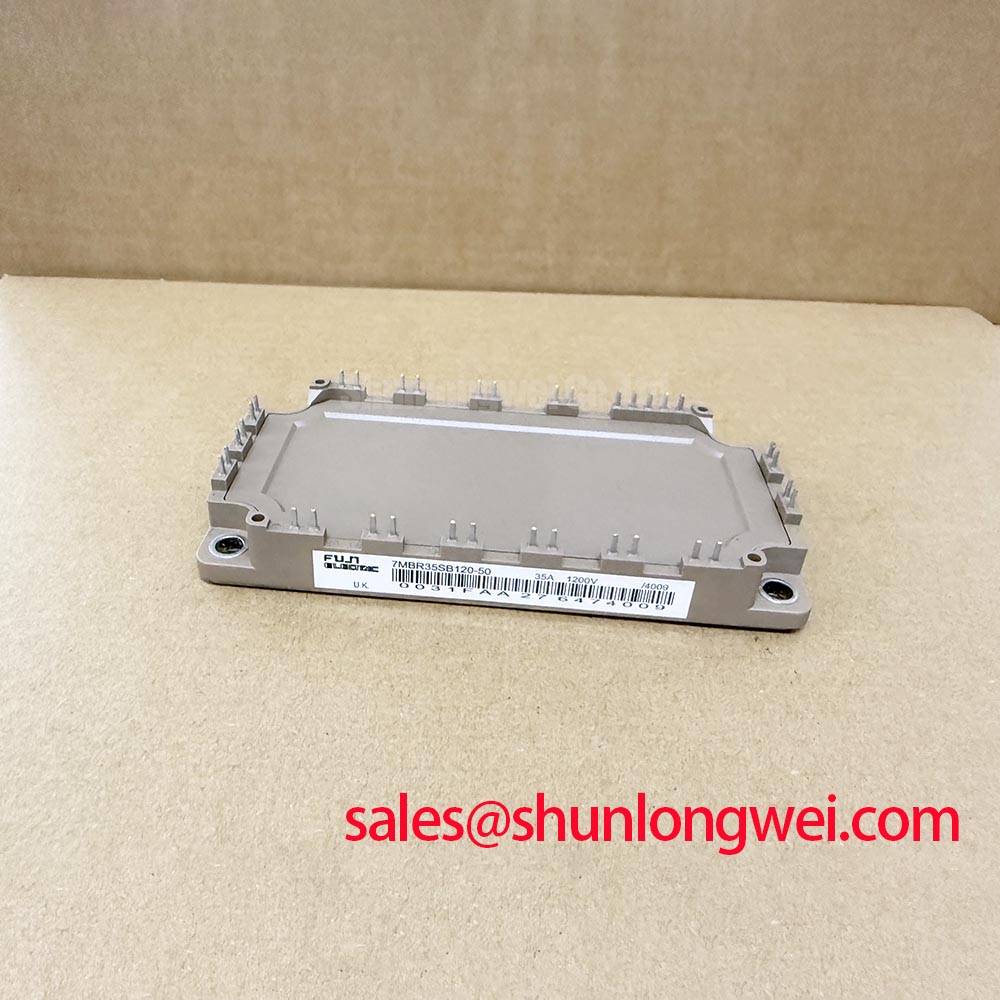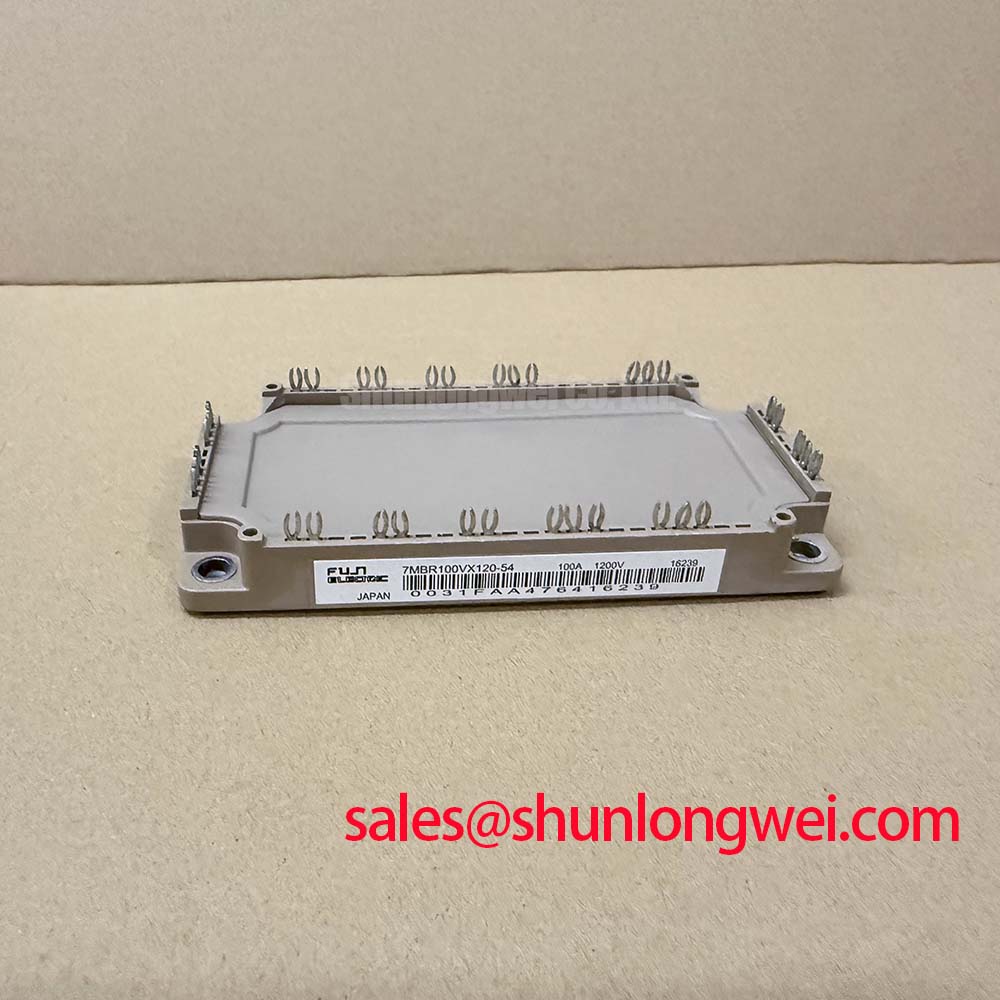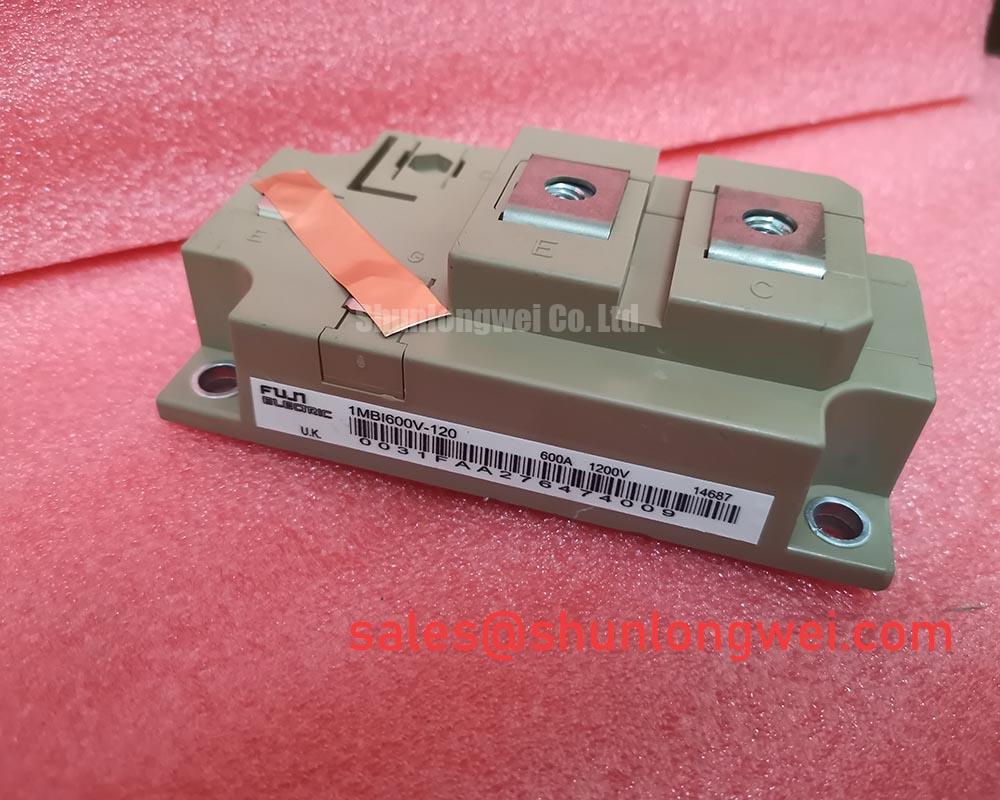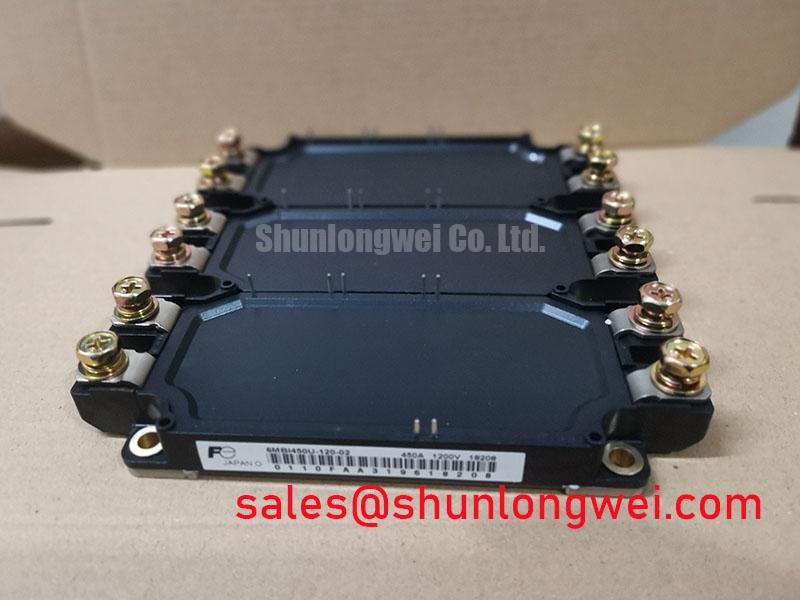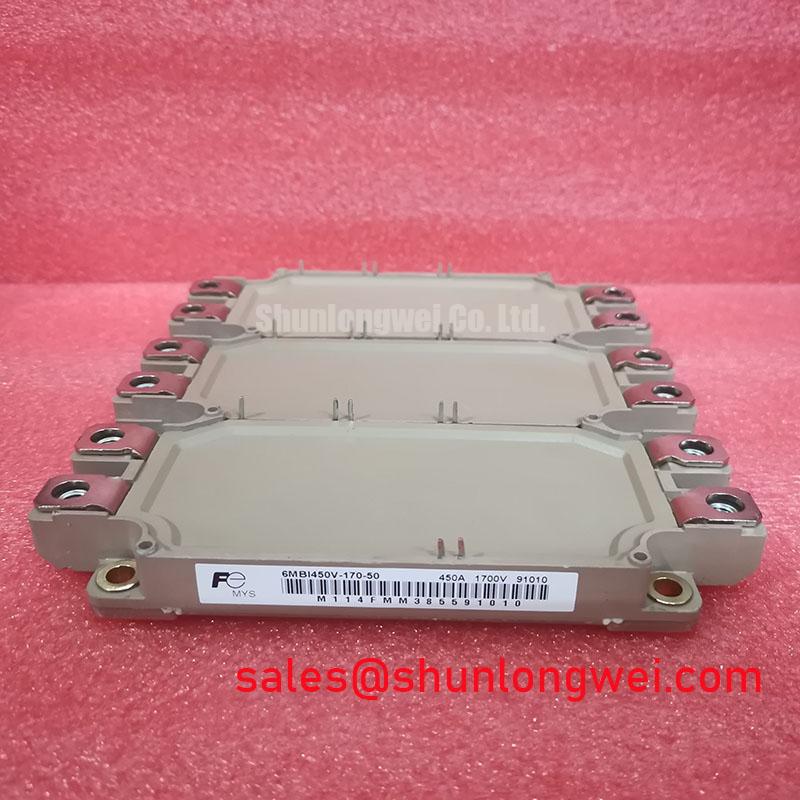Content last revised on November 19, 2025
7MBR35SB120-50 IGBT Module: Technical Product Analysis
An In-Depth Look at the 1200V, 35A CIB Module for Compact Power Systems
Decoding the Specs for Enhanced Thermal Reliability
The 7MBR35SB120-50 is a 7-in-1 IGBT module designed for three-phase inverter applications, integrating a full converter-inverter-brake circuit into a single compact package. This module delivers a robust 1200V collector-emitter voltage (Vces) and a 35A collector current (Ic), coupled with low switching losses and a built-in thermistor for precise temperature monitoring. Its key engineering benefits include simplified thermal design and enhanced system reliability. This integrated approach directly addresses the challenge of achieving high power density in space-constrained applications like small motor drives and uninterruptible power supplies. For systems requiring higher current handling in a similar package, the related 7MBR50SB120-50 offers an increased current rating.
Key Parameter Overview
Specifications Tailored for Low- and Medium-Power Inverters
The technical specifications of the 7MBR35SB120-50 are optimized for efficiency and reliability in motor control and power conversion applications. The low collector-emitter saturation voltage (VCE(sat)) is a critical parameter that directly minimizes conduction losses, which is paramount for overall system efficiency.
| Parameter | Value | Condition |
|---|---|---|
| Collector-Emitter Voltage (Vces) | 1200V | - |
| Collector Current (Ic) | 35A | Tc = 80°C |
| Collector-Emitter Saturation Voltage (VCE(sat)) | 2.2V (Typ) / 2.8V (Max) | Ic = 35A, VGE = 15V, Tj = 25°C |
| Total Power Dissipation (Pc) | 155W | Per IGBT, Tc = 25°C |
| Short Circuit Withstand Time (Tsc) | ≥ 10µs | Vcc = 600V, VGE = 15V, Tj = 125°C |
| Thermal Resistance (Rth(j-c)) | 0.8°C/W | Per IGBT |
| Operating Junction Temperature (Tj) | +150°C | Max |
Download the 7MBR35SB120-50 datasheet for detailed specifications and performance curves.
Application Scenarios & Value
Achieving System-Level Benefits in Compact Motor Drives
The 7MBR35SB120-50 is engineered for low-to-medium power applications where space, efficiency, and reliability are critical design constraints. Its high level of integration makes it an excellent fit for compact Variable Frequency Drives (VFDs), servo drives, and general-purpose inverters.
A primary engineering challenge in these systems is managing thermal load within a small enclosure. The module's VCE(sat) of 2.8V (max) directly reduces conduction losses, which are a major source of heat. Think of VCE(sat) as the "friction" the current encounters when the switch is on; a lower value means less energy is wasted as heat. This allows engineers to use smaller, more cost-effective heatsinks or even rely on chassis mounting in some lower-power scenarios, thereby reducing both the Bill of Materials (BOM) cost and the overall system footprint. The integration of rectifier, inverter, and brake chopper circuits simplifies PCB layout and assembly, accelerating the design cycle for systems used in industrial automation and HVAC control.
Frequently Asked Questions (FAQ)
What is the primary benefit of the 7-in-1 CIB (Converter-Inverter-Brake) topology?
The integrated CIB design of the 7MBR35SB120-50 significantly reduces component count and simplifies the power stage layout. This consolidation minimizes stray inductance and improves electromagnetic compatibility (EMC) performance, leading to a more robust and compact final product, which is a key requirement in modern Servo Drive systems.
How does the built-in NTC thermistor enhance system reliability?
The integrated NTC thermistor provides real-time temperature feedback from the module's substrate. This allows the system's controller to implement precise over-temperature protection, throttling back current or shutting down safely before the IGBTs reach their maximum junction temperature of 150°C. This proactive Thermal Management prevents catastrophic failures and extends the operational life of the drive.
What is the significance of the 10µs short-circuit withstand time?
The 10-microsecond short-circuit rating is a critical safety feature. It guarantees that the IGBT can survive a direct short-circuit condition—such as a motor winding fault—for at least 10µs. This provides sufficient time for the gate drive protection circuitry to detect the fault and safely turn off the device, preventing damage to the module and the wider system.
Is the 7MBR35SB120-50 suitable for high-frequency switching applications?
While optimized for motor control frequencies (typically under 20 kHz), its switching characteristics, including Eon and Eoff, are designed to balance losses and performance. For applications requiring significantly higher frequencies, engineers must carefully evaluate the trade-off between switching losses and conduction losses to ensure the thermal design remains within safe limits. For a deeper understanding, consult our guide on IGBT selection for high-frequency designs.
Technical Deep Dive
A Closer Look at the Trade-off Between VCE(sat) and Switching Speed
The performance of any IGBT module hinges on the balance between conduction losses and switching losses. The 7MBR35SB120-50 utilizes a trench gate and field-stop (FS) chip technology, a design choice by Fuji Electric that aims to optimize this very trade-off. The typical VCE(sat) of 2.2V at its nominal current is a key strength, directly impacting the module's thermal footprint. To put this in perspective, this low on-state voltage is like having a water pipe with a very smooth inner surface; it allows current to flow with minimal energy loss (heat generation).
However, the techniques used to lower VCE(sat) can sometimes result in slower switching speeds, leading to higher energy loss during the turn-on and turn-off transitions (Eon and Eoff). The datasheet specifies typical turn-on and turn-off energies, which are critical for calculating total losses at the intended operating frequency. For a 10kHz motor drive, these switching losses are significant. The module's design represents a calculated compromise, favoring lower conduction losses, which makes it highly efficient in applications that do not push the boundaries of switching frequency, such as in many industrial UPS (Uninterruptible Power Supply) systems and conveyor belt controls.
This engineering focus ensures that in its target applications, the dominant loss mechanism (conduction) is minimized, leading to a cooler-running and more reliable system without over-engineering for switching speeds that are not required.

